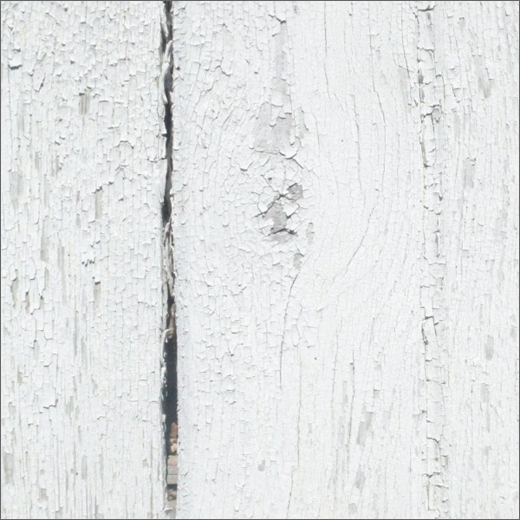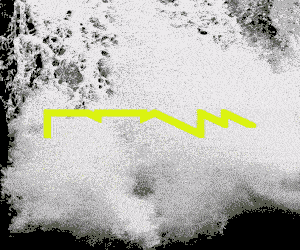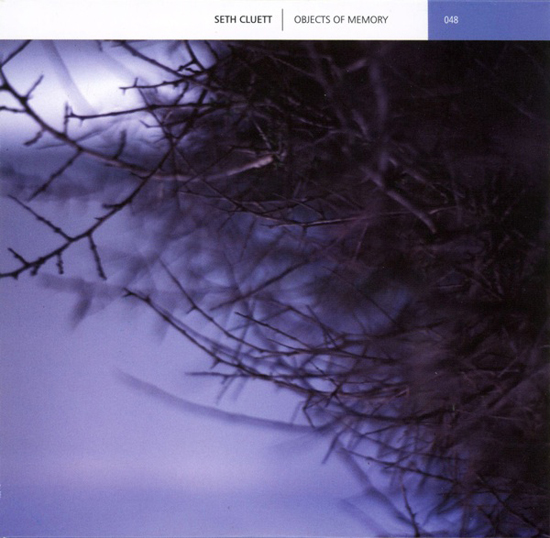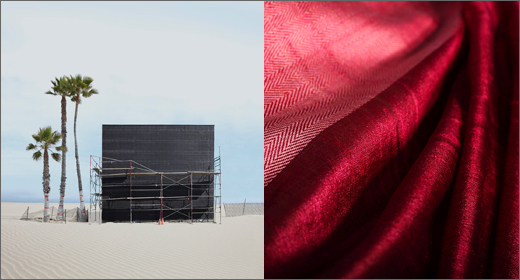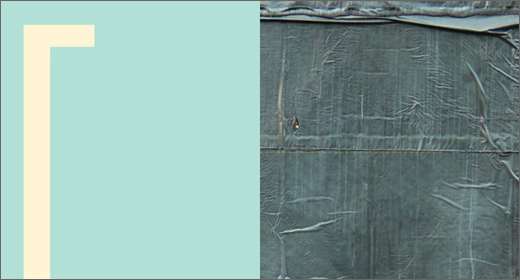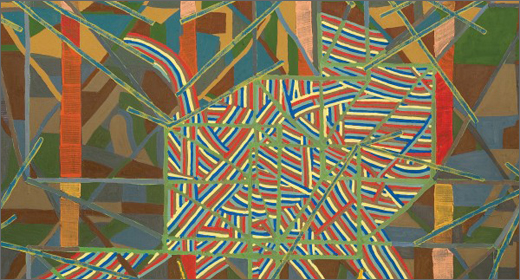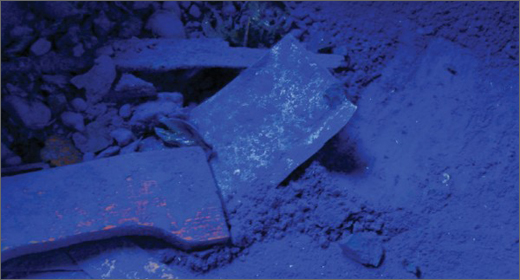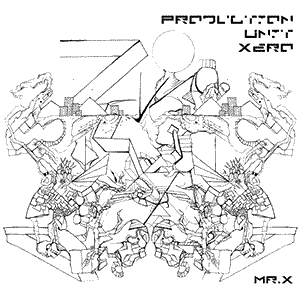A near hour-long piece at once calming and intense realized through use of elements ranging from static tones to microsonic points and sharp frequency lines intertwined in a delicate model of spatiality and duration.
Forgetting may be seen less as oblivion or effacement, more as a reserve or resource that ‘designates the unperceived character of the perseverance of memories, their removal from the vigilance of consciousness.’ (Memory, History, Forgetting). So says hermeneutic phenomenologist, Paul Ricœur, and it’s a view shared by US sound artist, Seth Cluett, revisiting his pet theme of memory/forgetting. Cluett’s research ‘explores everyday actions at extreme magnification, celebrates minutiae by amplifying impossible tasks, and explores the working of memory in forms that rethink the role of the senses in an increasingly technologized society.’ Latest Line of inquiry, Forms of Forgetting, follows Objects of Memory (2011), deploying techniques that seek to explore ‘the fallibility of sound memory as a component of saturated, immersive listening over substantial elapsed time.’ Sonically mediated, these themes range from the hypnotic to the liminal in a glacial work of extended electro-acoustic studio construction intended for deep listening.
What we have here is a near hour-long piece at once calming and intense realized through use of elements ranging from static tones to microsonic points and sharp frequency lines intertwined in a delicate model of spatiality and duration. Starting out in tonal sustain with barely perceptible changes, it’s reined in, then accrues chthonic vibrations and high-end warble, taking on a certain density that seems to absorb surrounding sound space, erasing memory of the preceding. It evolves between subtly added, subtracted, present and recedent frequencies. Dense tones form into a metallic chiming universe, then purer and heavier low-end traces build to a faintly abrasive climax before retreat to an ELEH-esque modular sound, ending in a slow quiet fade. Pressure is placed on a particular frequency band, whose centre doesn’t hold, but shifts gently across the sound stage. Revisiting the conceptual theme, the act of forgetting somehow situates the present in its own bubble, past reference points cyclically deteriorating and regenerating on the perimeters of late memory. Some parts are hefty, and not easily forgotten, while others fall into a liminal world prey to any passing ambient sound. And, much like memory and experience in the Real World™, Cluett’s forms embrace both trivial and thrilling, reaching a vanishing point between laptop-iary, installation sound-art, and classical minimalism (cf. Lucier, Niblock).
It would be otiose to say the whole adds up to more than the sum of the parts, as these parts are afforded significance only by reference to other parts, their materiality registering only from absence—or lapse—from previous ontology. The act of forgetting may be seen as not so much defective as creative—a subconscious mixing desk across time rather than audio space, edging out those elements whose familiarity affords exit from consciousness. It should noted in closing that Forms of Forgetting is dedicated to the memory of late American composer and professor, Lee Hyla.
Forms Of Forgetting is available on Line.









